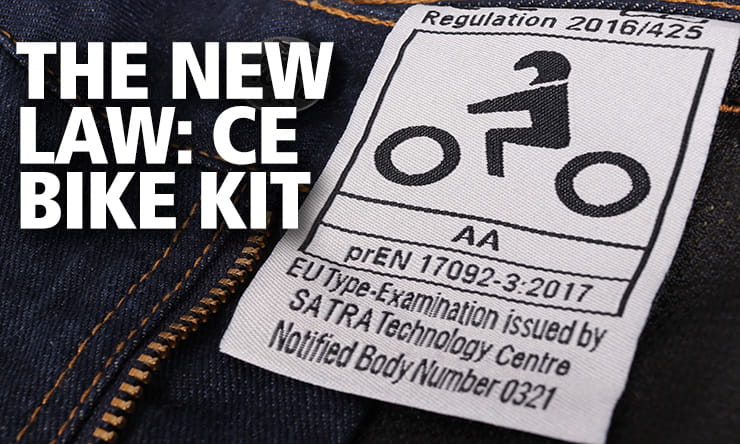Fifty150
One Too Many
- Messages
- 1,863
- Location
- The Barbary Coast
I didn't want to be the guy who resurrects an old thread. Some people in online forums frown upon that.
https://www.thefedoralounge.com/threads/is-goatskin-inappropriate-for-a-motorcycle-jacket.63461/
I have several goatskin jackets. A-2, G-1, and others. I've worn them while riding a motorcycle. My first leather jacket, which I rode in, was an A-2. As far as comfort, I was comfortable. My memory is bad, but I recall that Tom Cruise wore a G-1 in the film Top Gun. And rode a motorcycle wearing the same jacket.
Has anyone fallen wearing a goatskin jacket. Any real world feedback on falling off a bike wearing a goatskin jacket?
https://www.thefedoralounge.com/threads/is-goatskin-inappropriate-for-a-motorcycle-jacket.63461/
I have several goatskin jackets. A-2, G-1, and others. I've worn them while riding a motorcycle. My first leather jacket, which I rode in, was an A-2. As far as comfort, I was comfortable. My memory is bad, but I recall that Tom Cruise wore a G-1 in the film Top Gun. And rode a motorcycle wearing the same jacket.
Has anyone fallen wearing a goatskin jacket. Any real world feedback on falling off a bike wearing a goatskin jacket?
